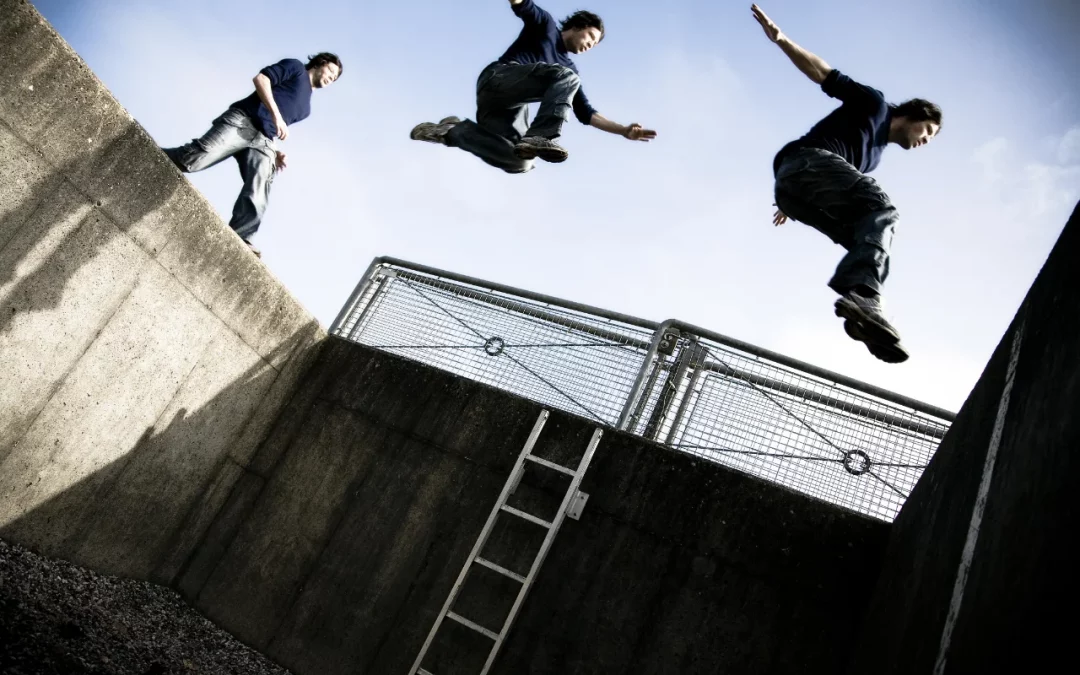Parkour is a physical discipline that involves overcoming obstacles in the most efficient and fluid way possible. It is often associated with athleticism and adventure, but it can also have therapeutic benefits, especially for individuals on the autistic spectrum. In this article, we will explore the reasons why parkour can be beneficial for those with autism and how it can help improve their physical, mental, and social well-being.
Sensory Integration
One of the primary challenges faced by people with autism is sensory processing. They may have difficulty processing information from their environment, which can lead to sensory overload or sensory-seeking behavior. Parkour provides a unique sensory experience that can help individuals with autism integrate sensory input and develop sensory processing skills.
Parkour involves a variety of movements that stimulate the senses, such as running, jumping, rolling, and vaulting. These movements can help individuals with autism develop a better understanding of their body in space, improve balance and coordination, and enhance their overall sensory integration.
Physical Fitness
Parkour is an excellent form of physical exercise that can help individuals with autism improve their strength, endurance, and overall fitness level. Some individuals with ASD struggle with motor coordination and may have difficulty participating in team sports or other activities that require complex motor skills. Parkour provides an alternative form of exercise that allows individuals to focus on their own physical abilities and progress at their own pace.
Parkour can also help individuals with autism develop self-awareness and self-confidence in their physical abilities. Through training and practice, individuals can develop new skills and overcome obstacles, which can translate into increased confidence and self-esteem.
Social Interaction
Many individuals with autism struggle with social interaction and may have difficulty developing social skills or making friends. Parkour provides an opportunity for individuals to engage in a group activity that is focused on a common goal. This shared goal can help individuals develop social skills such as communication, cooperation, and teamwork.
Parkour groups often have a supportive and inclusive culture that values individual progress and personal growth. This culture can help individuals with autism feel accepted and valued, which can be beneficial for their overall well-being.
Problem Solving
Parkour requires individuals to navigate complex physical obstacles using creative problem-solving skills. This problem-solving can help individuals with autism develop cognitive skills such as planning, sequencing, and problem-solving. Additionally, overcoming obstacles can provide a sense of accomplishment and satisfaction that can improve self-esteem and confidence.
Reduced Stress and Anxiety
Parkour can also provide a beneficial outlet for individuals with autism to manage stress and anxiety. Physical exercise has been shown to reduce stress and anxiety, and the unique sensory experience of parkour can provide a calming effect on the nervous system.
Summary
Parkour can be a valuable activity for individuals on the autistic spectrum. It provides a unique sensory experience, improves physical fitness and motor coordination, and offers opportunities for social interaction and problem-solving. Additionally, parkour can be a beneficial outlet for managing stress and anxiety. By participating in parkour, individuals with autism can develop new skills, improve their overall well-being, and have fun in a supportive and inclusive environment.


Recent Comments